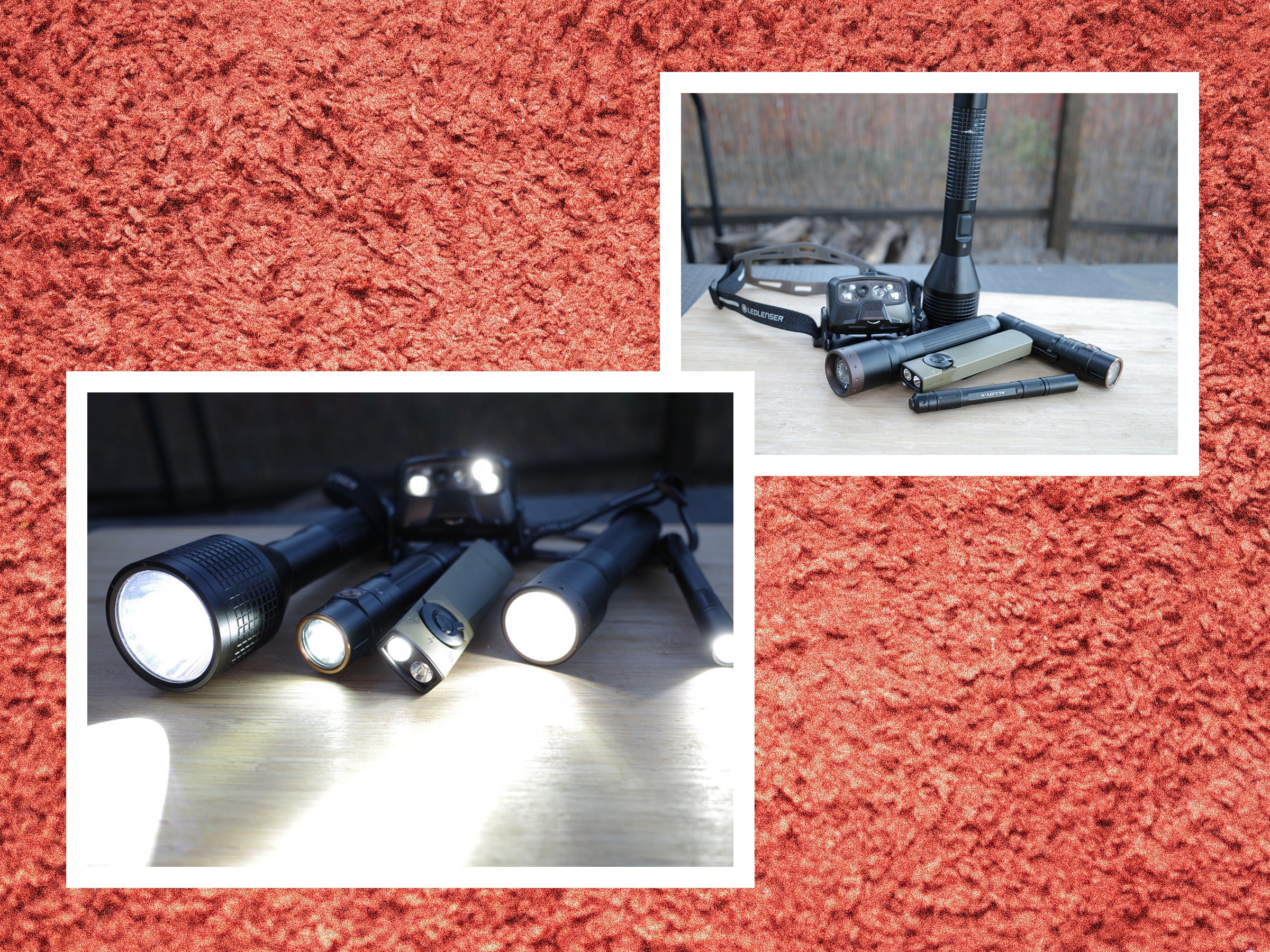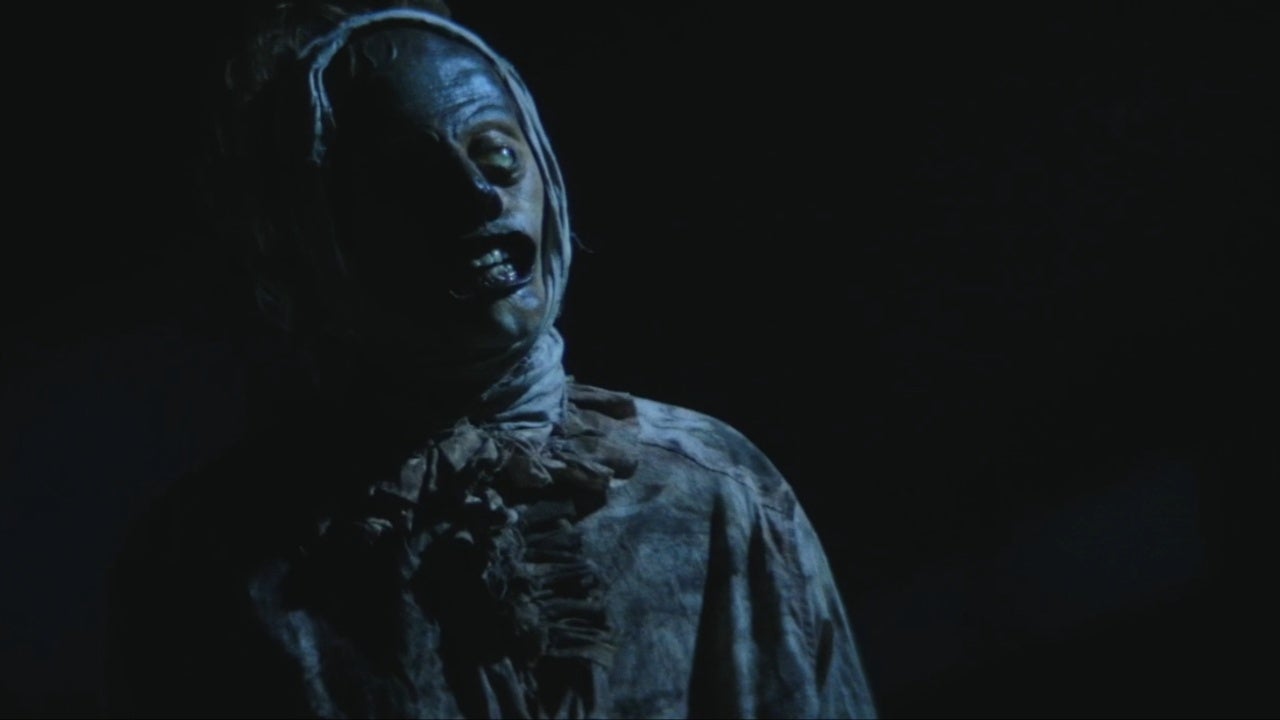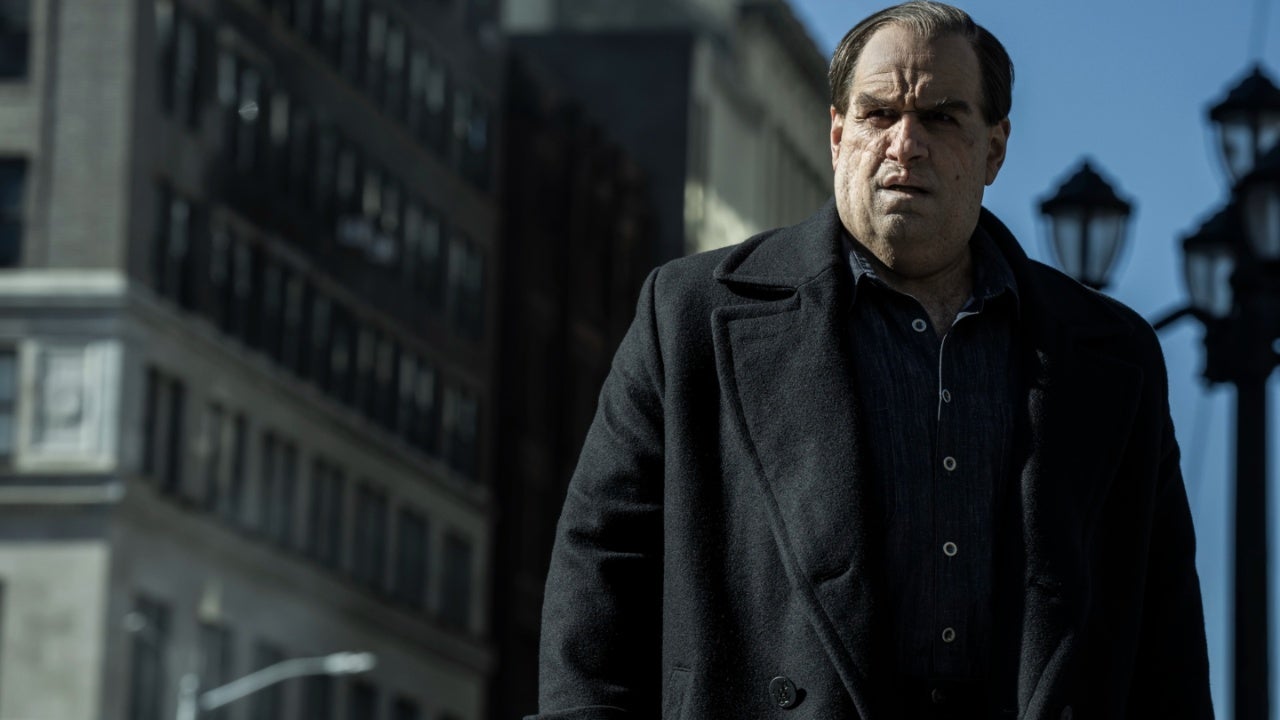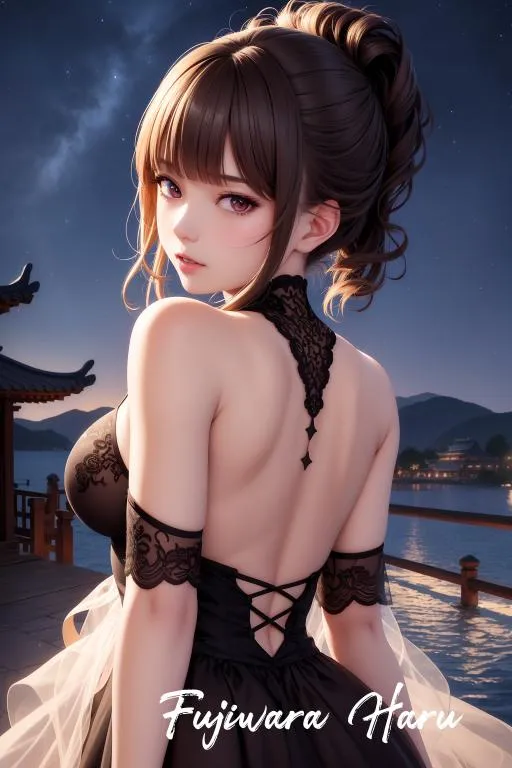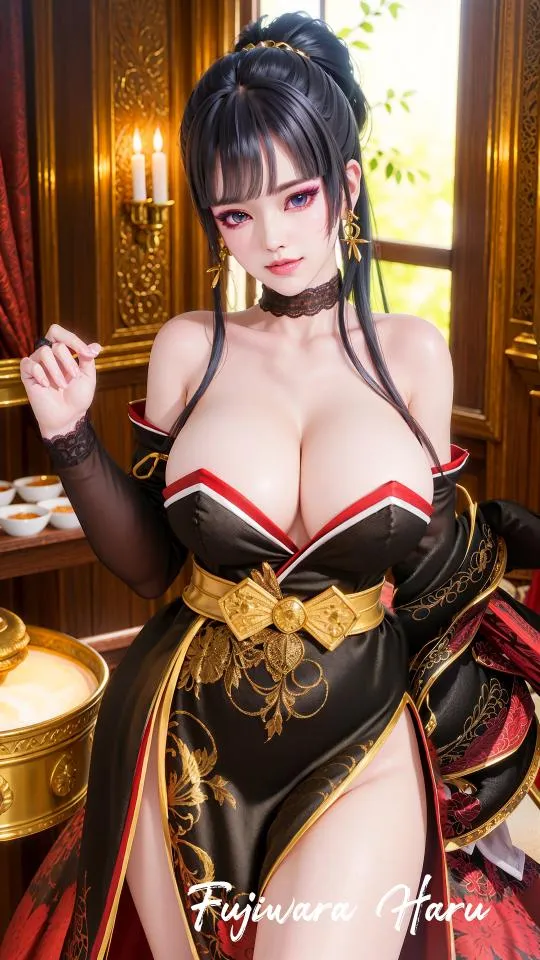Monarch: Legacy of Monsters premieres Friday, November 17 on Apple TV+. New episodes debut weekly on Fridays.
Nobody watches Godzilla for the humans, though Apple’s sprawling new series Monarch: Legacy of Monsters makes a far stronger case for character-driven storytelling within Legendary’s “Monsterverse” franchise than its big-screen brethren. That’s largely due to the series’ scope, as well as its unique temporal vantage point. Whereas Gareth Edwards’ beautiful, awe-inspiring Godzilla asserted the titular kaiju’s primordial power by dwarfing its human characters, there is another type of perspective – and a different sort of scale – at play across Monarch’s 10-episode first season (eight episodes of which were screened for critics).
Moving between two parallel timelines that span three generations and over half a century, co-creators Chris Black and Matt Fraction approach Monarch as a chronologically expansive mystery-adventure, a globetrotting and time-traversing family saga – centered on Anna Sawai and Ren Watabe as recently reunited half-siblings Cate and Kentaro – that has less to do with Godzilla and King Kong than it does with those whose lives and (yes, as implied by the title) legacies have been entirely shaped by their encounters with these ferocious, fantastical creatures. And while the characters are almost all new – save for Kong: Skull Island’s Bill Randa, with John Goodman reprising his role in a 1973-set prologue that feels more like a glorified cameo – investing in their drama becomes surprisingly easy as the series progresses. Shifting around in time and space, the series keeps bridging its past to its present in unexpected, nonlinear ways that deepen the show’s mysteries rather than resolving them.
A complicated plot unfolds in the aftermath of Edwards’ film, the climax of which saw Godzilla battling the Titans in San Francisco on what is now referred to as “G-Day.” Cate was there when the big guy ripped through the Golden Gate Bridge, and endured horrific losses in the process. Flying to Tokyo to settle the affairs of her presumed-dead father Hiroshi, she’s additionally shocked to learn of Kentaro’s existence and Hiroshi’s involvement with the secretive organization known as Monarch. Alongside tech-savvy American expat May (Kiersey Clemons), the siblings soon find themselves on the run from nefarious government operatives and on the hunt for the man they only thought they knew. Simultaneously, Monarch leaps back in time to the 1950s, where two scientists – Dr. Keiko Mira (Mari Yamamoto) and Dr. Billy Randa (Anders Holm, playing a much younger version of Goodman’s character) – are investigating the first evidence of monsters living undetected in remote locations. Alongside Lieutenant Lee Shaw (Wyatt Russell), Keiko and Billy become determined to secure proof that monsters are real.
Cate and Kentaro eventually find themselves face to face with an older Col. Lee Shaw (Kurt Russell), who holds the key to understanding what happened between the show’s then and now. Central to Monarch’s success with all this maneuvering between timelines is the inspired casting of famous father and son for the military liaison, a stunt that the series is sturdy enough to bear out. Watching both Russells embody Lee across decades, providing connective tissue between the timelines and ensuring a steady supply of leading-man charm, is a clever conceit, woven into the show’s editing and writing as much as into the performances. As the older, more grizzled Russell livens up Monarch’s modern timeline with his gruffly charismatic swagger (“Dinner time, you son of a bitch!” he bellows at one lumbering beast), the younger Russell gamely emulates his father’s stalwart, square-jawed screen presence in sections set in the 1950s, when the researchers first began their investigation into so-called “massive unidentified terrestrial organisms.” Whether he’s holding the line against generals, fending off swarms of freshly hatched creatures, or setting off sparks during a love triangle that gradually heats up between him, Keiko, and Bill, the younger Russell channels his father’s ’80s action-star heyday with gratifying ease.
The other actors all hold their own, with Sawai and Yamamoto – both previously seen on Apple TV+’s similarly sweeping, far less scaly family drama Pachinko – delivering the strongest performances in their respective timelines. As Cate, Sawai is the emotional core of the series, powerfully carrying off its overriding ideas of collateral damage and heritage. Yamamoto is effective in how she captures Keiko’s everyday balance of composure, quiet anger, and fierce intelligence. Monarch carefully teases out information about both characters as the season progresses, and the series’ pacing is another asset in this respect, at once deliberate in how it advances the stories of both timelines and thrilling in how it metes out massive monster-attack sequences whenever the interpersonal drama threatens to lather over into soap operatics.
About those monsters: Monarch deploys Godzilla only occasionally but with great reverence, whether flashing back to G-Day or moving even further back in time to recount his first encounters with humanity. Though his frequent co-stars Mothra, Rodan, and King Ghidorah are absent in the first eight episodes (perhaps to abide by the timelines for their discovery established in Godzilla: King of the Monsters), there’s no shortage of other, imaginatively rendered beasties on screen: one, a cross between a star-nosed mole and a Yeti, is seen tunneling around beneath the wind-swept Arctic tundras; Lee, Bill, and Keiko have an even more harrowing confrontation inside a disused nuclear power plant in Kazakhstan.
Those who struggled with the sense of restraint Edwards brought to Godzilla might have similar issues with Monarch. In its early going, at least, this is a story unfolding in the shadow of kaiju, rather than the type of rock-’em-sock-’em monster-mash marathon audiences might expect after King of the Monsters and Godzilla vs. Kong. Still, there’s a sense of ambition to Monarch that’s both undeniable and admirable; as it nears the end of its first season, the series is busily tunneling down rabbit holes rather than tying up loose ends. Its initial triumph, setting aside the series’ slick production values and expanding lore, comes down to character – for the first time in Legendary’s modern Godzilla franchise, you might find yourself more invested in the fates of those puny humans on the ground than whichever rampaging colossus is about to burst apocalyptically into view.
